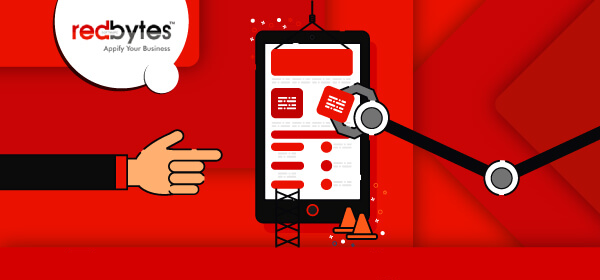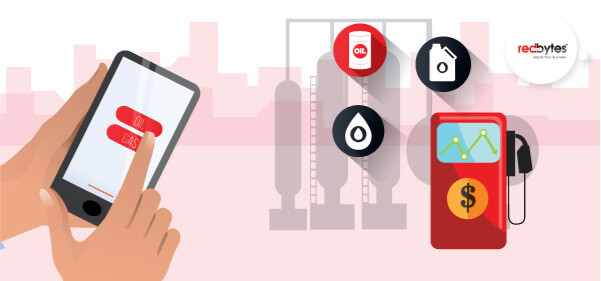The word “sustainable” holds so much importance today, considering how most people are mindful of how their actions are impacting the environment. Fashion is one of the industries where the word is prominently used. There are many brands that create sustainable clothing that are ethically made and are eco-friendly. The only downside of sustainable fashion is its cost – the techniques and materials used having a direct impact on it. So the next option you have while upholding sustainability is reuse.
There is no better option than second-hand clothing to give your wardrobe a quick makeover at an affordable rate. If you have not noticed, there are plenty of thrift shops, vintage shops and websites that sell pre-loved clothes all over the world. Finding such places that sell second-hand clothes is not really hard when you have a smartphone. Today, there are plenty of second-hand clothing apps available where you can do your shopping within a few clicks.
In this blog, we explore the 10 best second-hand clothing apps in the UK.
| eBay | ASOS Vintage |
| Depop | Vinted |
| Vestiaire Collective | reGAIN |
| Edit Second Hand | Loopster |
| Oxfam | Thriftify |
| Hardly Ever Worn It |
1. eBay
This app needs no introduction. eBay is a great place to start especially if you are a newbie to second-hand fashion. You can find some independent brands as well as vintage shops in the app that sell your favourite styles that are pre-used, but are still in shape at a decent price. You can also use the app to sell clothes that you do not need anymore.

The app has over 185 million active users worldwide and is easy to use. You can even set up alerts in the app to notify you when a new item that you are interested is out for sale.
eBay app is available for sale in Google Play Store as well as App Store.
Read Also: 10 Best Free Shopping Apps UK 2023
2. ASOS Vintage
This online vintage market place started in 2010 features over 800 vintage boutiques from around the globe. The app is home to independent designers and retailers and mostly covers sustainable fashion. You can find so many second-hand clothes that fit your style in ASOS vintage app.

The app also sells fashion that you would not find with even the top brands, footwear and accessories. The best part is the awesome customer service and transaction security.
ASOS app is available for download in Google Play Store
3. Depop
Depop is another online marketplace especially for buying and selling clothes. The app has a great collection of clothing for people in their twenties. If you are looking for some urban-style, oversized clothes, Depop is the place for you. You can even watch out for the special listing offers in the app every now and then.

Depop app is a combination of fast fashion brands, second-hand clothing brands and independent retailers, making it a great one-stop source for huge variety of different styles for you to choose from. It is also a great place to sell clothes – be it the ones you do not need any more or your own creations.
You can download Depop app from Google Play Store as well as the App Store.
4. Vinted
You can find second-hand clothing from popular brands like Free People, Forever21, Gap and Anthropologie at a cheaper rate in this app. Vinted app also offers a swap option where you can look for people who are ready to swap clothes with you.

The app does not have any charges for listing or selling clothes. You get to keep whatever amount you earn. Unlike other second-hand clothing apps, Vinted also provides a refund option. The app’s forum allows you to get in touch with other buyers and sellers for advices or support.
You can find Vinted app in Google Play Store as well as App Store
Read Also: Best Online Grocery Shopping Apps 2023
5. Vestiaire Collective
This is a great site for anyone looking to buying or selling clothes. The best part is that the items you find are verified before they are listed in the app. Also if you are selling something in the app, you can easily list your item. The site takes care of the product images, crop them and give the images a better look.

You can easily use the app to buy your favourite items, including branded ones at reasonable prices. Also when you sell anything in the app, you earn more than in other similar sites.
The app is available for download in Google Play Store as well as App Store.
6. reGAIN
In this app, you get to choose from a variety of remodelled clothes. The idea is to help people recognize the value of their clothes even after they are done wearing them. That is upcycling the clothes you once wore, retaining their value rather than disposing them. The app also offers many discounts.

reGAIN app is available for download in the App Store.
7. Edit Second Hand
This app is for anyone who loves high-end brands but cannot afford them. Gucci, Chanel, Prada, Louis Vitton, Dior, Ganni, Isabel Marant – you name it, you can find all preused pieces from your favourite luxury brands in the app.

You can also find second-hand designer fashion from the resellers of luxury women’s wear in the UK. The idea is to maintain sustainability, while owning some of your dream brands. The app provides 20% discount for first-time shoppers. Also, the clothes listed in the app are in perfect condition. You can also receive notifications regarding new arrivals. Edit Second Hand app is available for download in the App Store.
Read Also: How Much Does it Cost to Develop Ecommerce App 2023
8. Loopster
Loopster is the second-hand clothing app that mainly sells kids’ clothes. You can find clothes for children- from new born to those aged six years in the app. It also includes clothing from labels, like Petit Bateau, Bonpoint and JoJo Maman Bébé. The app verifies the quality of the clothes before listing them. You can also buy in bulk in the app.
Loopster also has options for anyone who wishes to sell in the site. You receive a fee for each piece of clothing that is sold. The clothes that cannot be sold will be returned or donated to charity. There is still no mobile app version of Loopster. Instead, you can find the website at…loopster.co.uk
9) Oxfam
You maintain sustainability as well as contribute towards something good when you purchase through Oxfam app. When you purchase pre-loved clothes from the app, you will be spending an amount on charity as well.
The Oxfam website is easy to use. Also the product listing images are more professional compared to the counterparts. You can purchase from Oxfam at onlineshop.oxfam.org.uk.
10) Thriftify
Thriftify is another app where you can do charity shopping. This app is quite popular in the UK. The app came from the idea most charity clothes shops did not have a website or app that affected the sales during the pandemic lockdown.

Charity shops can sign into the app and sell their products through the app. You can find a wide variety of items in the app. The “filter” option helps you to easily find the item you are looking for instead of having to go all over the app to find it.
You can find Thriftify app in Google Play Store
11) Hardly Ever Worn It
Hardly Ever Worn It is a London-based online marketplace, where you can find for new as well as used clothing for kids and adults. The site specialises in luxury items. However, you will be able to find items ranging from £18 to £18,000 in the app.
The app also collaborates with celebrities who sell their clothes for charity. So, try your luck and you may be laying your hands on the piece of clothing once used by your favourite celebrity. You can access the website at hardlyeverwornit.com.
With many kinds of second-hand clothing websites and apps available today, wearing your favourite luxury brand no longer stays as a far-fetched dream. These apps are also a blessing for fashionistas who have to stay within a budget while shopping for their favourite clothes. Moreover, these apps inspire you to recognize the value of what you wear as well as to contribute towards helping the environment through remodelling and reuse.



































































































